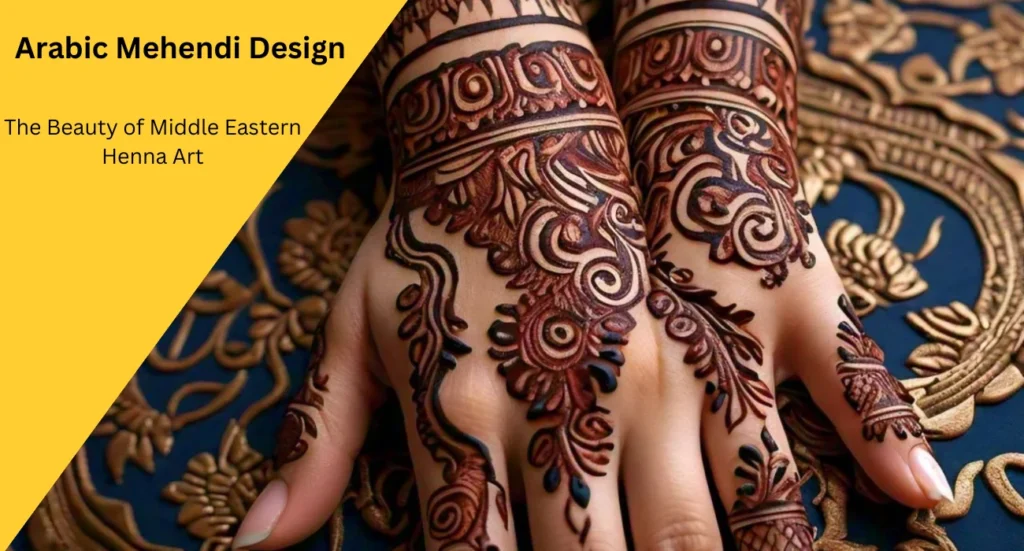
Topic Of Arabic mehendi designs
As I sat in the souk, surrounded by the vibrant colors and intricate patterns of Arabic architecture, I couldn’t help but be mesmerized by the stunning mehendi designs adorning the hands and feet of the women around me. The delicate tendrils, the ornate florals, and the geometric patterns seemed to dance across their skin, telling stories of tradition, culture, and beauty.
Arabic mehendi designs have a unique charm that sets them apart from other styles. Inspired by the region’s rich heritage, these designs are a testament to the artistry and skill of Middle Eastern henna artists. In this post, we’ll delve into the world of Arabic mehendi, exploring its history, techniques, and the secrets behind its timeless allure.
The History of Arabic Mehendi
Henna has been an integral part of Middle Eastern culture for centuries, used to adorn the skin for special occasions like weddings, festivals, and celebrations. Arabic mehendi designs have evolved over time, influenced by the region’s diverse artistic traditions, from Islamic geometry to Persian florals.
Characteristics of Arabic Mehendi Designs
Arabic mehendi designs are known for their:
- Intricate patterns and geometric shapes
- Delicate tendrils and vine-like motifs
- Ornate florals and foliage
- Use of bold black lines and intricate shading
- Cultural symbols and motifs, like the evil eye and Arabic calligraphy
Tips for Creating Stunning Arabic Mehendi Designs
- Use high-quality henna powder and a precise applicator
- Practice, practice, practice! Mastering Arabic mehendi requires patience and skill
- Experiment with different designs and patterns to find your unique style
- Pay attention to detail – it’s all about the intricate details!
As I left the souk, my own hands adorned with a beautiful Arabic mehendi design, I felt connected to the rich cultural heritage of the Middle East. Whether you’re a henna enthusiast, a culture vulture, or simply someone who appreciates beauty, Arabic mehendi designs are sure to captivate and inspire.
FAQ:
Q1.What are Arabic Mehendi designs?
Arabic Mehendi designs are a specific style of henna art that originated in the Middle East, characterized by intricate patterns, floral motifs, and geometric shapes.
Q2.What is the significance of Mehendi in Middle Eastern culture?
Mehendi has cultural and spiritual significance in the Middle East, often used to adorn the body for special occasions like weddings, festivals, and celebrations.
Q3.How long do Mehendi designs typically last?
Mehendi designs can last anywhere from 1-3 weeks, depending on the quality of the henna and individual skin types.
Q4.What are the different types of Mehendi designs?
Common types of Mehendi designs include Arabic, Indian, Pakistani, and Moroccan styles, each with unique patterns and motifs.
Q5.How are Mehendi designs applied?
Mehendi designs are applied using a henna paste, typically made from dried henna leaves, which is applied to the skin using various techniques and tools.
Q6.Is Mehendi safe to use?
Yes, Mehendi is generally safe to use, but it’s important to ensure the henna paste is prepared and applied properly to avoid any skin irritation or allergic reactions.
Q7.Can Mehendi be used for other purposes besides decoration?
Yes, Mehendi has been used for centuries for its medicinal and spiritual properties, including as a natural dye, anti-inflammatory, and stress reliever.
Q8.How can I learn to create Arabic Mehendi designs?
You can learn Arabic Mehendi designs through online tutorials, classes, or workshops, or by practicing with henna kits and design books.
Q9.Where can I find inspiration for Arabic Mehendi designs?
You can find inspiration for Arabic Mehendi designs through social media, henna artists’ portfolios, traditional Middle Eastern art, and cultural festivals.
